Today we are guests of yoga and yoga dance teacher, a dancer with a great passion for movement Aureli Tessari.

You can find her at:
https://www.facebook.com/orely.tes
instagram: ad_un_passodalcuore
For free lessons online on youtube channel:
“Ad un passo dal cuore” (‘At one step of the heart’)
-Aureli, where did your journey begin, your story? How was the love for yoga born?
-I fell in love with yoga in 2014 at the age of 22, looking for relief and a way out of chronic stress. I was very young and was looking for a remedy that was a bit out of the ordinary: without drugs and without long sessions at a psychologist. And after my first encounter with Yoga, I never left this path again; on the contrary, I have always tried to deepen and enrich my knowledge in this field.
-Beautiful! And you had to study a lot before becoming a teacher? How was your education?
-I did five years of study at the federation of Viniyoga tradition desikacahr and krischnamacharya. Then at the beginning of 2014 I started practising yoga: it was weekly yoga classes with a teacher and sometimes I practised on my own. I started to help me relax and get out of stressful situations, but very soon I started giving classes. Now I teach traditional VINIYOGA in groups and also online, and I am developing an artistic practice of YOGA DANCE FLOW, in which yoga meets dance.
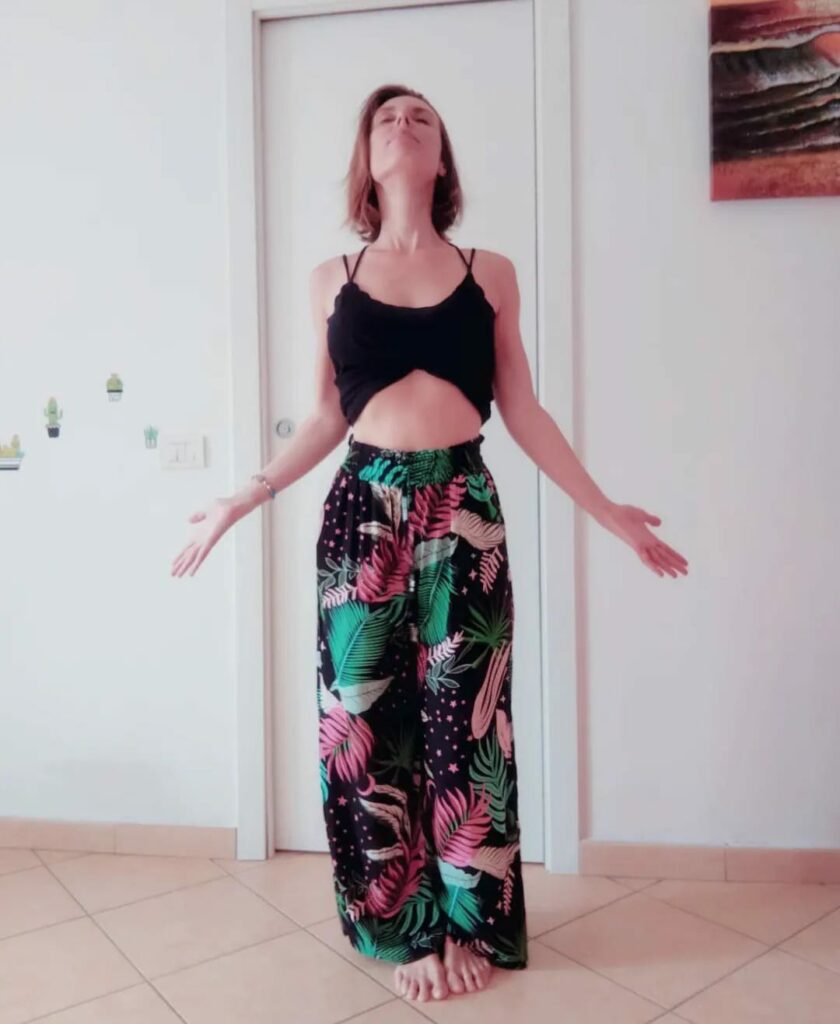
Today we are guests of yoga and yoga dance teacher, a dancer with a great passion for movement Aureli Tessari.
– How can yoga practices change according to the season,
e.g. we are now in autumn?
-The seasons are very important for the discipline of yoga because of its connection to ayurveda – Indian medicine. For ayurveda, every season is different and the human body as part of the environment changes along with nature from January to December. Then each season brings the need for change in lifestyle, diet each season. For yoga it is the same: we need different changes on a physiological level, and also energetically if we are in winter, autumn or summer. For example, we are now in the autumn and if we have to make a comparison with the summer season, we can say that in summer, the body needs to be refreshed, and therefore it is better to adopt a fresh, light diet and even light physical activity so as not to heat up our metabolism even more, while now in the autumn, we are colder, the desire for hot chocolate, soup, and a slightly more nutritious diet returns.
Yoga practices in summer and autumn are very different. Autumn is a season where the body as well as the mind needs grounding due to the strong winds, and also to warm up the body a little more by stimulating Agni the digestive fire.
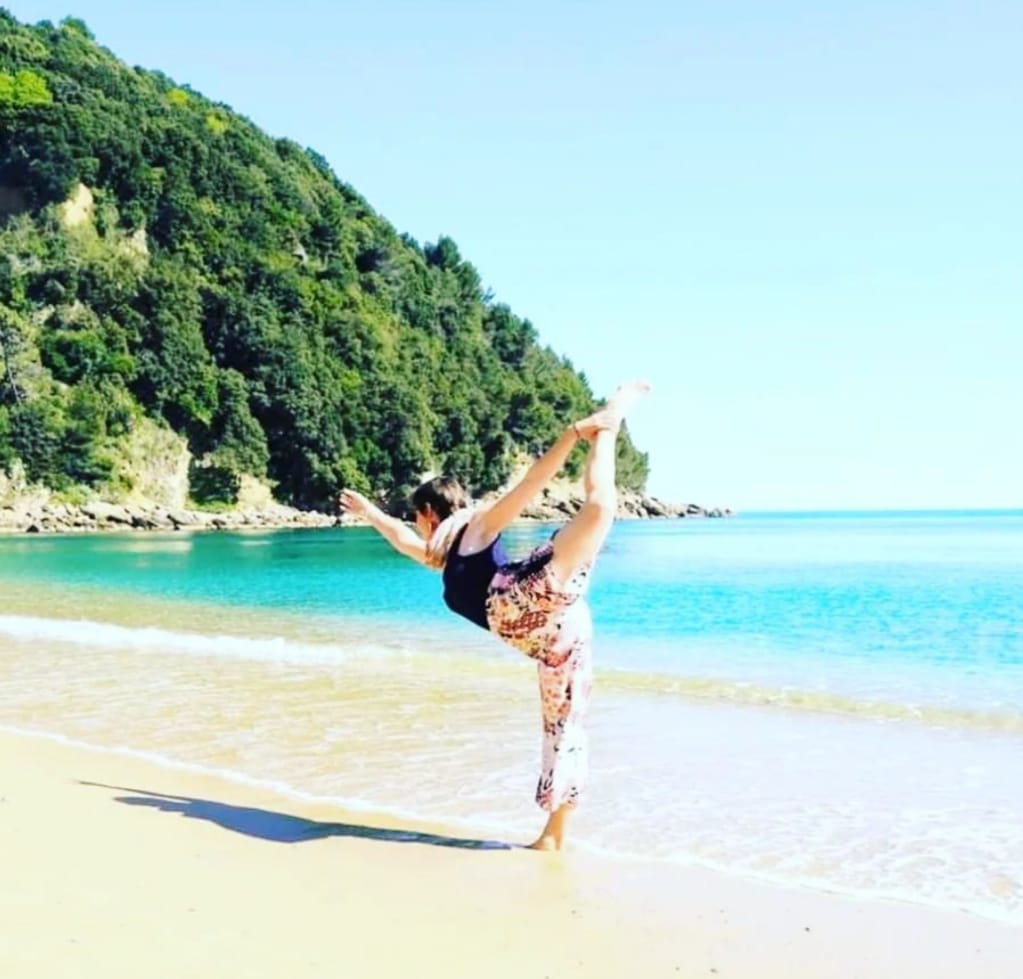
Practising yoga in Baia Blu, La Spezia 2024
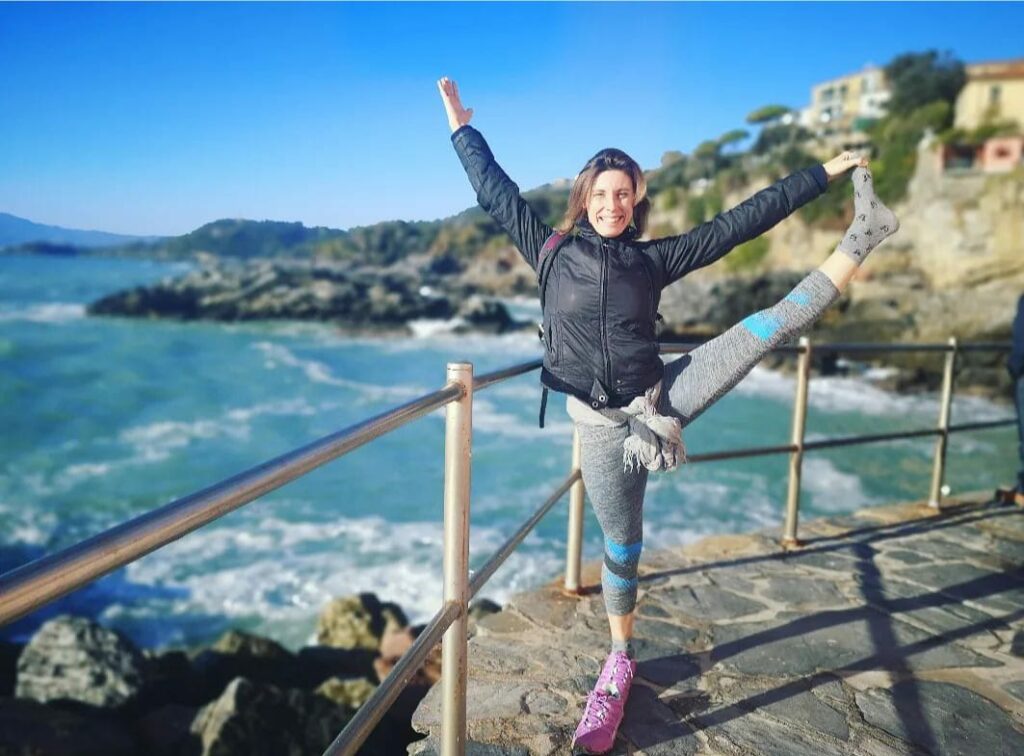
In the summer we can do practices with forward push-ups, supine lying asana, refreshing pranayama as shitali, with a moderate or slow rhythm. We can advance our
our practice on the water element, seeking fluidity
While in autumn the body requires a little more warmth. We can at this time resume sun salutations for example but also insist on twists, inversions that work the digestion, but also some push-ups like paschimottan asana that activate agni. Like pranayama kapalabhati is an excellent breathing exercise to work the digestive sphere.
-Since we are always on the subject of nature on my blog, which you cannot imagine without flowers, I ask you, are there any plants or flowers that correspond to yoga positions or practices?
-For plants or flowers, I only think of the lotus flower, which also corresponds to the chakras and has a special meaning for Hinduism and yoga.
In yoga, we find a position called the lotus position (Padmasana) . It is a seated position with grounding of the legs and ischi.
In the Hatha Yoga text Pradipika, this position is described as the ‘destroyer of all diseases’. Its benefits are many, including: it improves circulation in the pelvises, tones the legs, and loosens the joints of the knees, ankles and femurs.
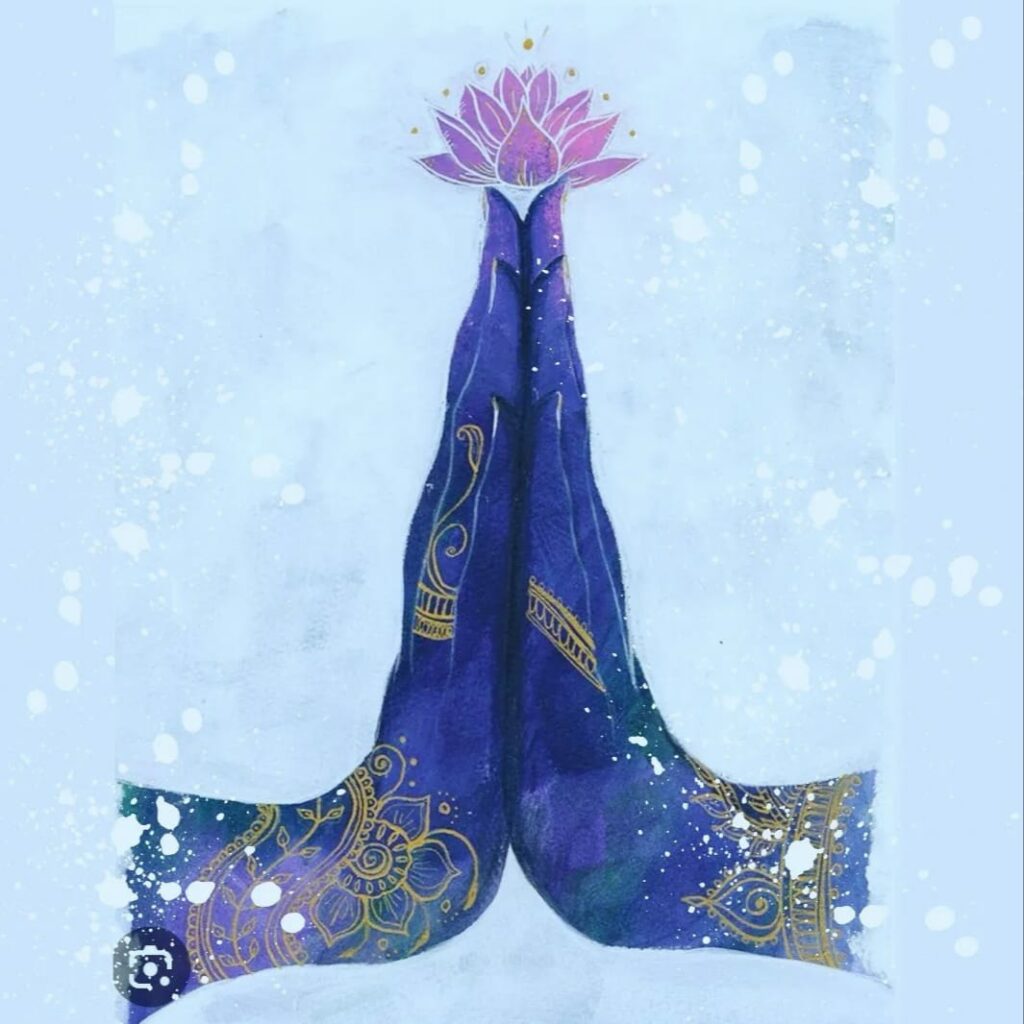
All seven chakras are represented by the lotus flowers, each with a different number of petals, up to the seventh chakra called Sahasrara or the ‘thousand-petalled lotus’.
There is also a Mudra in Yoga, called Padma Mudra, the lotus flower. It stimulates the heart chakra, as the flower opens itself to the world, we also open ourselves to it by receiving what we need.
In India it is one of the national symbols and we find it in some variants of the Indian Independence flag, and there is a temple in New Delhi, built in 1986 and surrounded by water, which symbolises peace, purity and India’s openness to all cults and religions.
In Hinduism, this flower is associated with certain deities such as Saraswati and Lakshmi and symbolises fertility, prosperity, grace and beauty.
The lotus is a symbol of purity as its roots sink into the mud but the flower emerges clean. Hence the symbolism of spiritual elevation, resilience and wisdom.

-And if I ask you the same question for perfumes?
Yes, in fact you can combine aromatherapy and yoga to help us be more calm, relaxed and attentive.
Essential oils can be diffused in a yoga practice at home for example. I spontaneously think of lavender, which calms the nervous system, and helps to loosen the muscles, and thus can greatly help us in our meditation practice.
I spontaneously think of lavender, which calms the nervous system, and helps to loosen the muscles, and thus can greatly help us in our meditation practice.
The rose, symbol of love and gratitude, helps us during a yoga practice to open the heart and unlock the fourth chakra, anahata. It stimulates acceptance.
Then there is also sandalwood, ideal for creating an environment of calm and spiritual connection. This aroma will help us anchor ourselves in the present. And therefore very useful in that autumn period.
-I love the scent of KENZO Réve Lotus! This fragrance for me is the uplifting, fresh scent of the cheeky month of May.



The lotus note was particularly appreciated in the fragrances of the 2000s by HERMES,VERSACE, KENZO, TRUSSARDI, TOM FORD: it gives an exotic floral touch to the composition, as well as softening the ‘heavier’ floral notes. note by the author of the article Anastasia Gracheva
–Autumn is a season of change: sometimes we have too many desires to change: from the colour of our hats to the country where we live.
If one is particularly attracted to change, one wants to change one’s look or hobby or mistiere or partner every month…
From a yoga point of view, what does this mean? And how to deal with this state of mind?
–Autumn and early winter is a time when VATA doha increases in the body according to Ayurvedic tradition. VATA is a dosha, one of the three vital energies, composed of two elements which are air and ether. They are 2 very subtle elements compared to the earth for example which is much coarser.
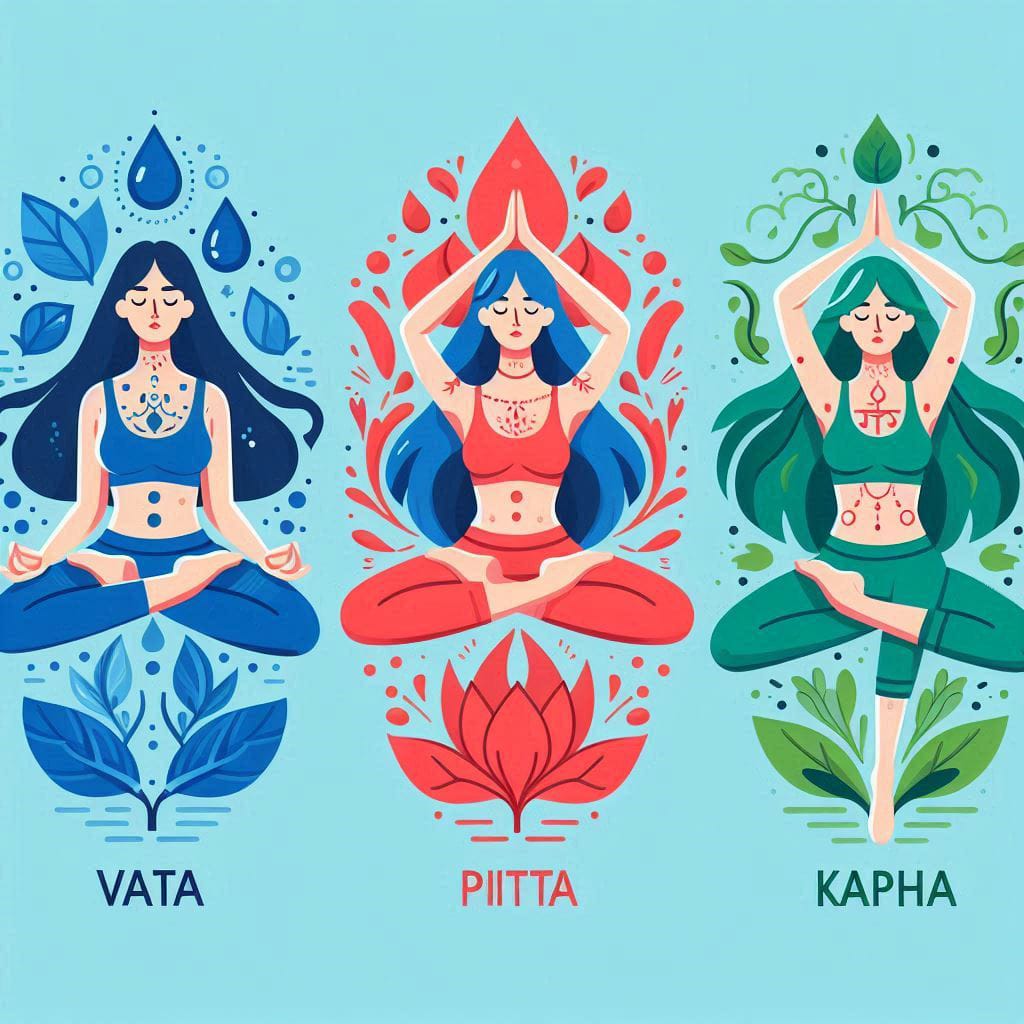
What characterises air is its very versatile side. It is an element of movement, change. Air comes and goes, we cannot grasp it. So I would say that in autumn, the element AIR increases at the level of the macrocosm and microcosm. And this induces on our mind. Perhaps we need to change, to travel more at that time, we have an increase in creativity, some, some ideas related to a growing stream of thoughts.
Anxiety may also increase in that autumn period due to the cause of the mind being agitated and in grip with the air element.

–Patanjali in the Yogasutras inidicates the main cause of suffering in avidya, ignorance, not having a clear perception of what we are.. So does practising yoga affect our life in general and our creativity?
-Of course. Yoga calms the anxious mind and makes us hear the voice of our ‘inner self’ and discover our previously unrealised talents. Yoga is a bodily and energetic discipline, but above all a discipline of life. Thanks to yogic teachings through philosophy, we understand so much about ourselves and life in general. And that path of yoga will certainly have repercussions on our daily life such as family life, or professional or even social life.
It is not uncommon that a committed yoga practitioner on the path of yoga for example decides to change jobs to do something he or she likes better, or improve a family relationship or leave a partner with whom relations were difficult.
Yoga brings about profound changes in the being. And it should not frighten us because the aim is always to be in harmony with our deepest essence.
T.K Krischnamacharya, the founder of the Viniyoga school divided the yoga practices into 3 models according to age: Sristi for young people, sthiti for adults, and Antyaprt the elderly. In Sthiti Yoga, T.K krichnamacharya emphasises the need for stability, prevention of illness and support for the responsibility that an adult with a family will surely have.
This makes us realise how yoga is a broad and knowledge-rich discipline. And indeed, yoga for young people should not be taught in the same way as for adults. While the former will need strength, extraversion courage to launch into professional life and create a family, the latter will need to maintain stability in his family and professional life.
-At the end of our meeting, could you give us some advice? How to finish this year in the best possible way?
Yes of course! For the autumn, I recommend enrolling in a yoga class if not already done with a competent teacher!
More seriously, as with all seasons, I recommend that you first listen to yourself and then understand what you need. Eat healthy, nutritious food in moderation, practice fifteen minutes of yoga or meditation as simple as bodyscan.
I can recommend my free youtube channel “Ad un passo dal cuore” (‘At one step of the heart’) which can help you practice from home with simple and accessible lessons, listen to your desires of the moment, and if you feel like developing your creativity through art, don’t hesitate. Often at that time, we enter a period when we need more introspection and that’s OK, we don’t have to put the blame on ourselves.
Let us not forget that like time, like the universe, we also change. And seeing and accepting the changes within us as well as outside us during the seasons is a big step towards more awareness.
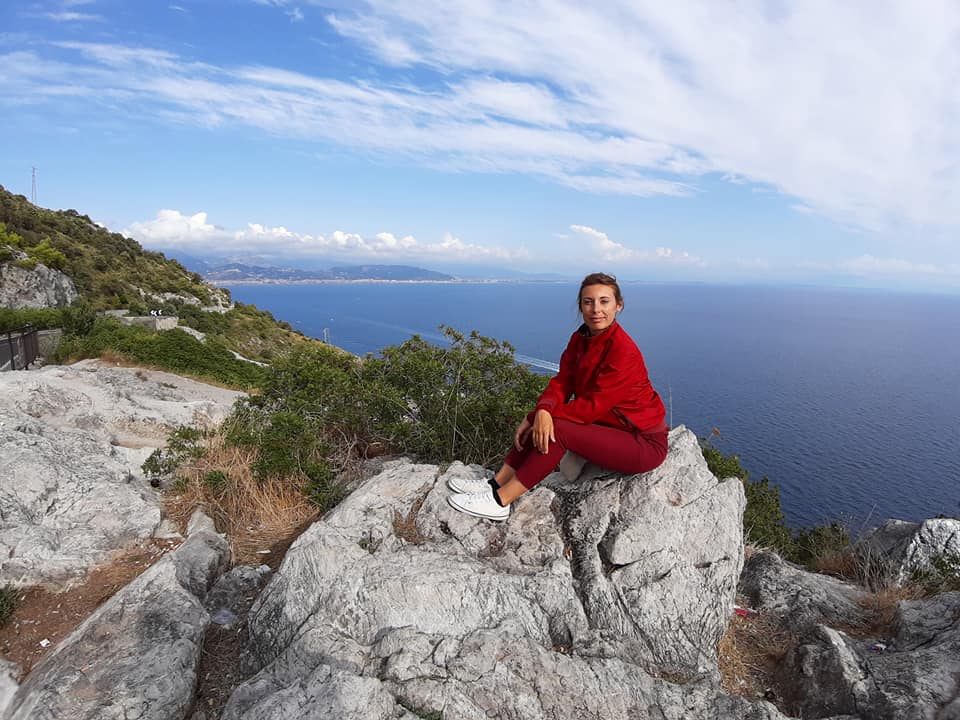


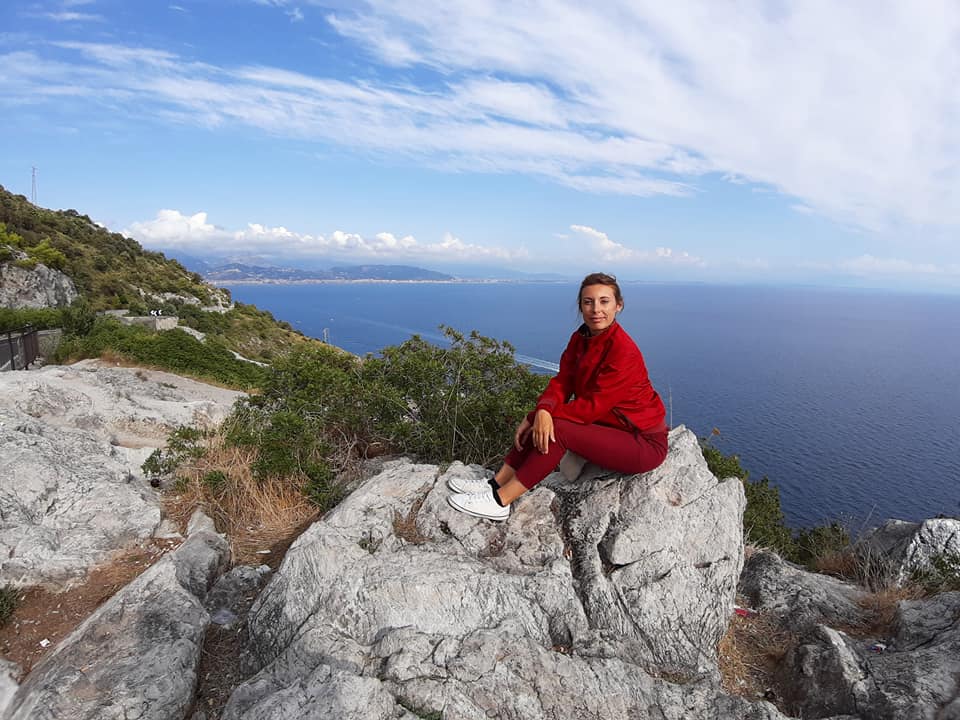

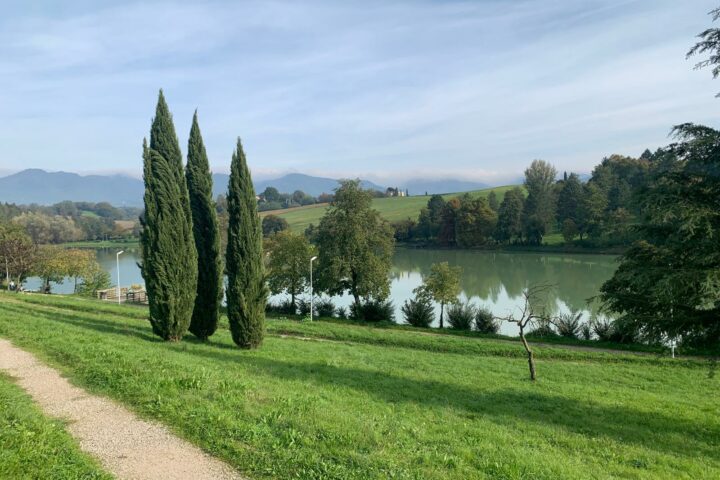
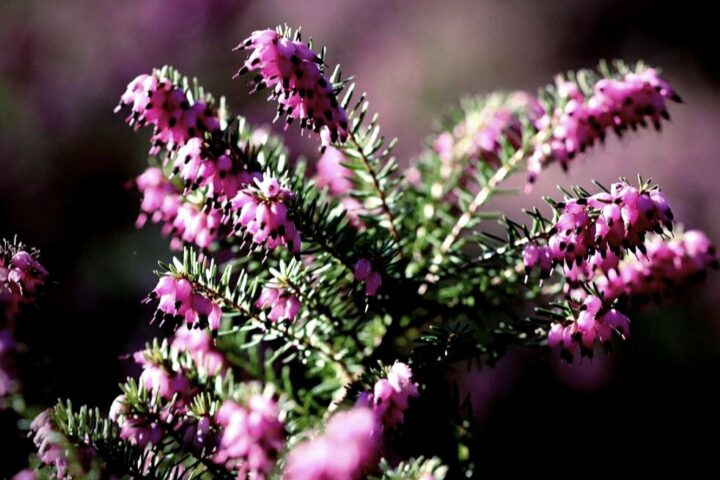
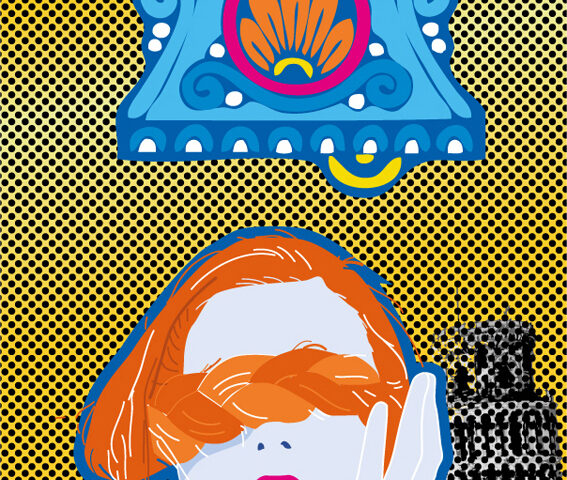

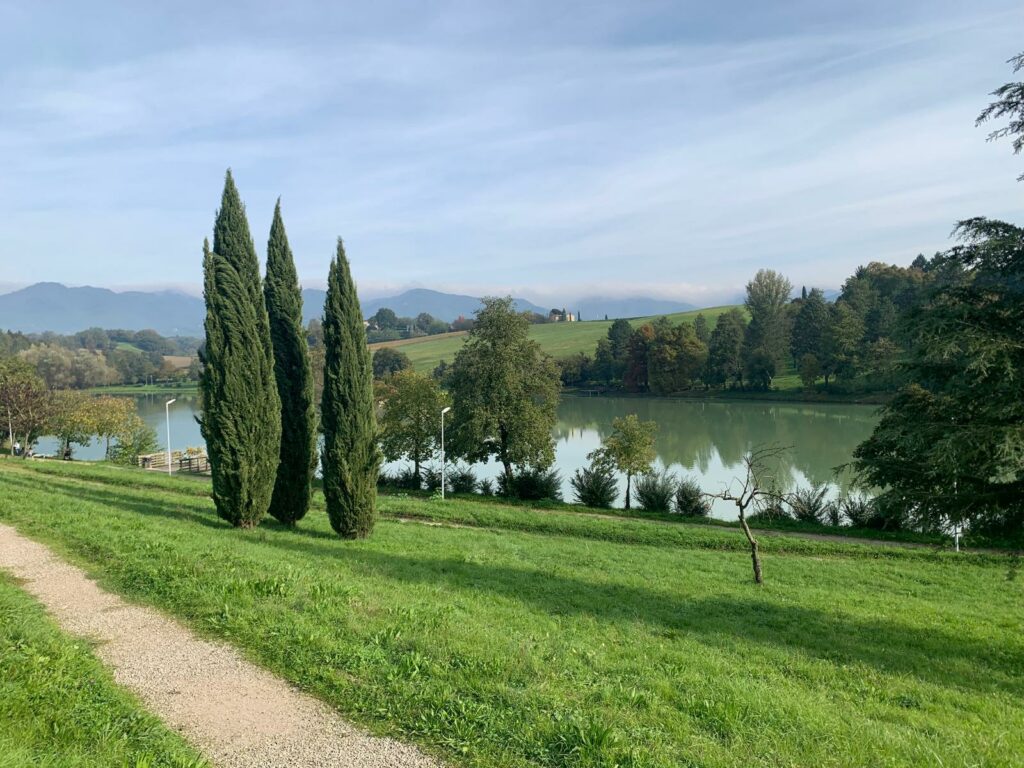
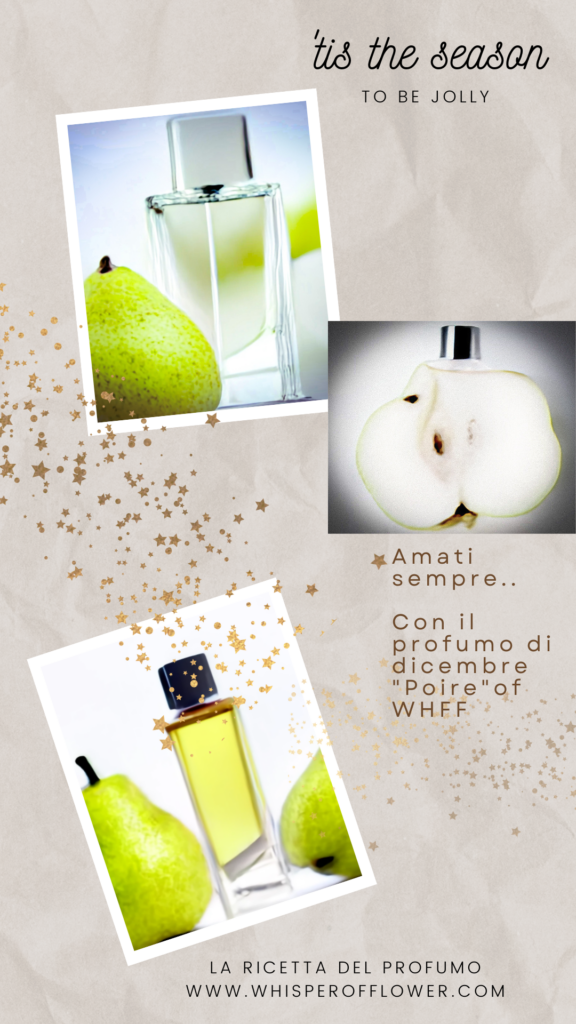
Your blog is a testament to your passion for your subject matter. Your enthusiasm is infectious, and it’s clear that you put your heart and soul into every post. Keep up the fantastic work!